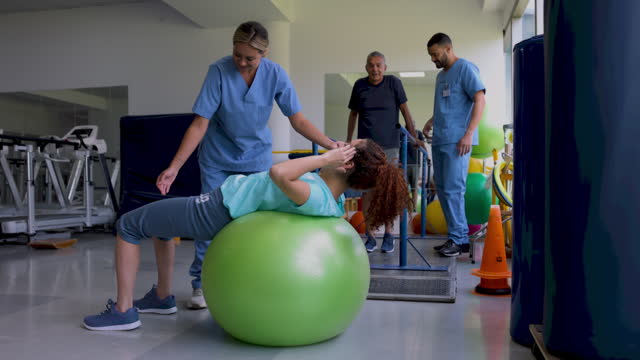In the realm of physical therapy, core physical therapy exercises play a pivotal role in core rehab and stabilization efforts. They are essential for restoring strength, improving balance, and preventing injuries. Whether you’re recovering from an injury or striving for better fitness, incorporating these exercises into your routine can yield significant benefits.
The Importance of Core Rehab
Core rehab exercises target the muscles in your abdomen, back, pelvis, and hips, collectively known as the core muscles. These muscles provide stability and support for your entire body, influencing posture, movement, and overall functionality. Strengthening them is crucial for rehabilitation purposes, especially after injuries or surgeries.
Building Core Strength
Engaging in physical therapy core stabilization exercises is not just about performing a few sit-ups or planks. It involves a comprehensive approach that targets all the core muscle groups effectively. Exercises such as bird dogs, bridges, and dead bugs help activate and strengthen these muscles while minimizing strain on other body parts.
Incorporating Stability into Rehabilitation
During the rehabilitation process, it’s vital to focus on stability alongside strength. Core rehab exercises encompass movements that challenge balance and coordination, facilitating a smoother recovery. Incorporating tools like stability balls or resistance bands can add variety and intensity to your workouts, promoting better results.
Tailoring Exercises to Individual Needs
One of the strengths of core physical therapy exercises is their versatility. They can be adapted to suit individuals of all fitness levels and specific rehabilitation goals. A skilled physical therapist can tailor a regimen to address weaknesses, imbalances, or limitations, ensuring a personalized approach to recovery.
Progression and Consistency
Consistency is key when it comes to core rehab exercises. Gradually increasing the intensity and complexity of your workouts helps prevent plateaus and promotes continual improvement. Tracking your progress and adjusting your routine accordingly ensures that you’re continuously challenging your muscles and reaping the maximum benefits.
The Role of Proper Form and Technique
Incorporating physical therapy core stabilization exercises into your routine is not just about quantity; quality matters too. Maintaining proper form and technique is essential to prevent injuries and optimize results. Working with a knowledgeable physical therapist ensures that you’re performing exercises correctly and safely.
Conclusion
In conclusion, core physical therapy exercises are invaluable tools for enhancing stability and promoting rehabilitation. Whether you’re recovering from an injury or aiming to prevent future ones, incorporating core rehab exercises into your routine can help you build strength, improve balance, and restore functionality. By prioritizing consistency, progression, and proper technique, you can embark on a journey towards a stronger, more stable core and overall improved well-being.

